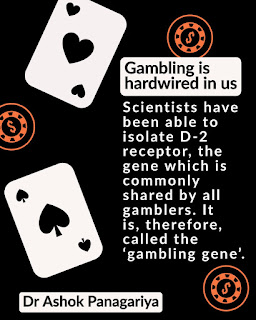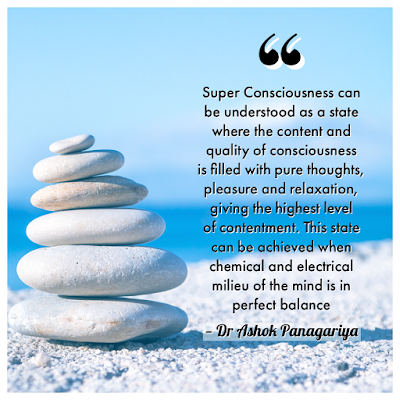Love placing bets? You may have the ‘GAMBLING GENE’
From movies featuring the casino-hopping swish life of Las
Vegas, to high-profile Diwali parties back home, gambling looks all glamorous,
stylish and sexy. Some may choose to look the other way, but quite a few of us
are more than once tempted to try our luck and test the odds of winning — be it
just online poker and rummy, or horse-racing and even real casino-style
betting.
 The ‘art’
of gambling, or betting on money or other objects, has been popular for
entertainment and recreation across cultures for centuries. In India, the
Mahabharata lore shows us how popular gambling was among our ancestors.
Needless to say, there were repercussions that shaped the narration of the epic
as it stands today. As early as the 4th century BC, the Arthashashtra recommended
taxation and control of gambling. Even in modern times, some speculative
investments like options or futures that fall into the same bracket have been
cleverly excluded to be perceived as different from gambling, especially since
the practice is mostly illegal in India (barring a few sports).
The ‘art’
of gambling, or betting on money or other objects, has been popular for
entertainment and recreation across cultures for centuries. In India, the
Mahabharata lore shows us how popular gambling was among our ancestors.
Needless to say, there were repercussions that shaped the narration of the epic
as it stands today. As early as the 4th century BC, the Arthashashtra recommended
taxation and control of gambling. Even in modern times, some speculative
investments like options or futures that fall into the same bracket have been
cleverly excluded to be perceived as different from gambling, especially since
the practice is mostly illegal in India (barring a few sports).
The glamorous life somewhat fizzles out when gamblers lose
whatever they had put on stake. But most would continue to risk their
hard-earned money, because it is wired into the human psyche to be excited
while taking risks. The win creates a natural high, an adrenaline rush, and the
anticipation of a possibility that many of us seek while looking for further
entertainment.
Recent research has provided deeper insight into the
workings of the human mind when it comes to gambling. Interestingly, our minds
process ‘near misses’ (missing out on just one number on a lottery ticket) as
wins, tempting us to try again and again, thus leading to addiction.
A new study has shown that gambling is more or less
dependent on brain activity. It is well-known that gambling releases endorphins
that stimulate painless pleasure and strengthen the desire for continuous
gambling. In recent studies, scientists have been able to isolate a specific
gene that is commonly shared by all passionate gamblers. The gene is called the
D-2 receptor, but is more commonly known as the ‘gambling gene’.
This discovery has opened new vistas in the treatment of
gambling addicts who have lost fortunes and become bankrupt. Currently,
attempts are being made to pioneer genetically engineered retrovirus gene
therapy which will be able to re-programme the existing DNA of the affected
individual.
Biochemically, low levels of serotonin and high levels of
dopamine and endorphins are considered to be the major DNA characteristics of
pathological gamblers. Areas in the brain that light up on PET Scan imaging
include those dealing with increased risks and rewards, or those associated
with emotional and motivational aspects of behaviour, and in turn, leading to
short-term happiness or chilling effect.
A clear paradox in gambling is that most people think of it
as a low-risk, high-yield proposition. In reality, it is quite the opposite — a high-risk, low yield situation.
The odds always favour the house. Despite that, the thought and excitement of
hitting a casino jackpot are often too alluring, regardless of its probability.
It’s best to try your luck occasionally for a hit rather
than frequently, for the misses.




Comments
Post a Comment